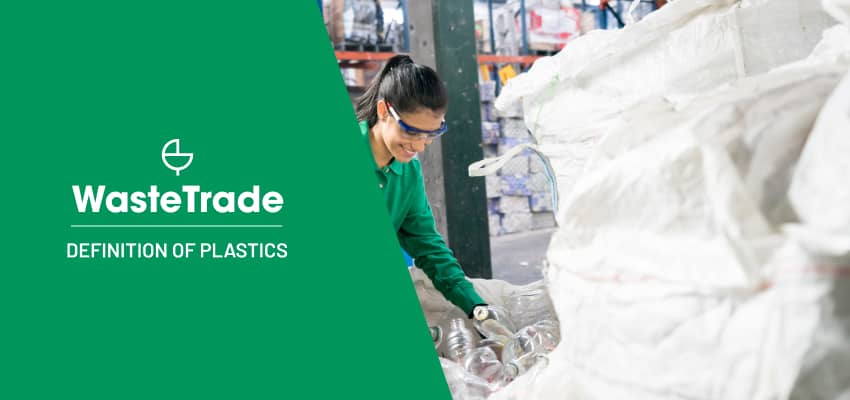Определение пластмасс

The term ‘plastic’ refers to a wide range of synthetic or semi-synthetic compounds produced by either a polymerisation or condensation reaction. The plastics produced by these reactions are malleable and can be moulded or extruded into objects or films or can be used in the manufacturing of other products such as coatings and adhesives. The word ‘plastic’ derives from the Greek word ‘plastikos’, meaning ‘capable of being moulded or shaped’, and has been used as the noun for these synthetic materials since 1884.
Today, the term is used in a variety of ways; it may refer to materials consisting of various synthetic polymers, such as polyethylene, ПВХ or nylon. In other cases, it may also refer to synthetic resins obtained by polymerizing smaller molecules, such as phenols, aldehydes or amines; these resins are often used for molding and casting operations.
Thermosetting Plastic Definition

A thermosetting plastic is a polymer that starts out as either a soft solid, a viscous liquid prepolymer or a resin, and is irreversibly hardened by a curing process. Curing is accomplished by heating the material (generally above 200°C) without melting it. Once cured, these plastics cannot be melted and returned to their original form, they can only be incinerated or shredded. Since curing involves the cross-linking of the chains forming the polymer backbone, thermosetting plastics are also sometimes known as cross-linked polymers.
The three main types of thermosetting plastics are:
- Phenolic resins, based on the reaction between phenol and formaldehyde. These were the first commercial thermosetting plastics and are still widely used today in applications such as электрика insulation, moulded parts and coatings.
- Unsaturated polyester resins, based on the reaction between unsaturated dicarboxylic acids (usually maleic acid) and dihydric alcohols (usually ethylene glycol). These resins are commonly used in fiberglass-reinforced plastic (FRP) products.
- Epoxy resins, based on the reaction between epoxides (also called oxiranes) and curatives such as amines or acids. Epoxy resins are very versatile and are used in many different приложения including adhesives, coatings and composites.
What is a Polymer

A polymer is a chemical compound consisting of large molecules, made up of repeating structural units; these units are typically connected by covalent bonds. Polymers are found in a wide variety of products, including plastics, rubbers, adhesives, and textiles.
The term “polymer” comes from the Greek word πολύς (‘polus, meaning ‘many/much’) and μέρος (‘meros’, meaning ‘part’). The simplest polymers are linear chains of monomers; monomers are the individual molecules that bond together in sequence to form polymer chains. However, more complex polymers can be formed from monomers with more than one functional group, forming branched polymers or cross-linked polymers.
Polymers can be natural or synthetic. Natural polymers include proteins, nucleic acids, and cellulose. Synthetic polymers are made from petroleum-based monomers such as ethylene and propylene.
Polymers have a wide range of properties that depend on their molecular structure. For example, the strength and elasticity of fibres like Kevlar and nylon come from their long chain-like structure, while the flexibility of rubber comes from its cross-linked structure.
